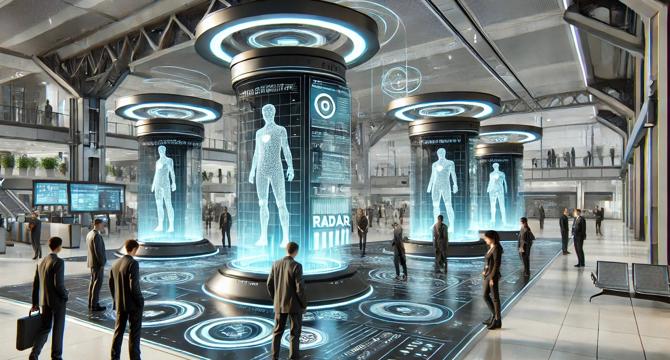Cybersecurity-Insiders
1M
213

Image Credit: Cybersecurity-Insiders
Advanced Radar Screening Key to Safer Public Spaces
- Advanced technology solutions have been developed to help prevent potentially violent incidents in large public spaces. An optical camera combined with millimeter-wave radar has been implemented as a preventative approach to public-venue protection
- Seamless security technology scans individuals while they are in motion, tracking an individual’s movement with the millimeter-wave radar and providing better resolution and imaging quality without disrupting the crowd flow during security scanning
- Security scanning data can also be fed to an integrated monitoring system with overhead video surveillance to identify objects of concern as well as unusual behaviour, prompting any preventative action.
- Privacy concerns about the use of security scanning can be overcome by configuring the system to not reveal privacy-sensitive data to the operator and screening only for suspicious objects such as guns or knives.
- Applications for seamless security include more efficient screening at large public events, conducting high precision screening and identification at business entrances, monitoring people on escalators and improving screening at mall entrances.
- Developments of seamless security will first be implemented in semi-static environments within the next three to five years before precise scanning of people in motion is possible
- Four pillars, each containing an optical and a radar system, will coordinate to acquire a 360-degree screen of an individual for a more effective security system.
- AI can improve the image models of seamless security, automatically recognize suspicious objects and identify anomalous behaviour. It will also be used for general security practices such as facial recognition for identity recognition, but human involvement should be included for validation purposes
- Seamless security will utilise optical sensors, millimeter-wave radar and terahertz imaging, with the aim of providing people travelling in public spaces a more secure environment
- The ideal security system should be less intrusive yet more effective to support the evolving security and identification needs of society.
Read Full Article
12 Likes
For uninterrupted reading, download the app